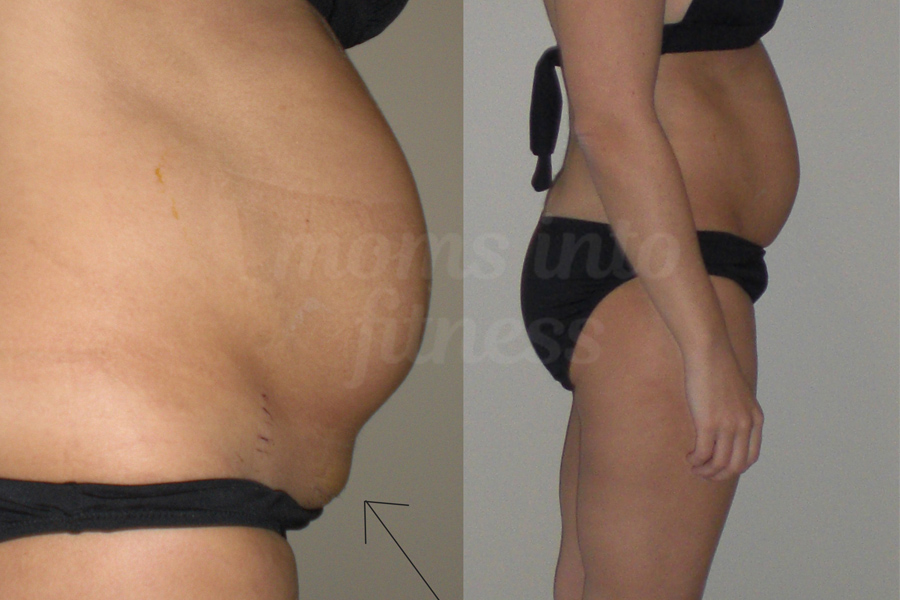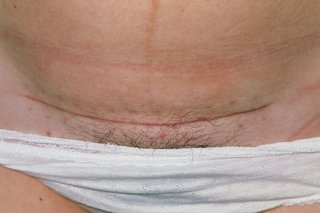How Long After C Section Can I Go Swimming

Once your doctor says you can feel free to swim grab your suit.
How long after c section can i go swimming. It takes about 6 weeks for the muscles to heal completely sometimes longer. If you exercise too much now including swimming you increase your risk of causing a herniation basically ripping open the muscles they stitched back together or re opening your incision which they cannot re staple closed. So that s why you should only have showers and no swimming baths or spas until after the lochia ceases.
That means you could wait up to six weeks after childbirth to swim. You should make sure you ask your doctor and have clearance after your postpartum checkup. When you stop bleeding your body and uterine lining are appropriately healed and you ll be protected from bacteria.
According to chrissie gallagher mundy author of cesarean recovery women can begin swimming. You should wait until cleared by your doctor usually 6 week check up. Swimming however should be put on the back burner until at least 4 to 6 weeks after a c section.
Recovery times may vary but it normally takes three to six weeks after surgery before you can go for a swim. But not specifically because of the c section but because it can take up to 6 weeks for your cervix to close completely. Your incision should be pretty much healed in about six weeks.
After a c section do not soak in the bathtub or go swimming before getting advice from a health care professional. But it may take longer to regain your energy and really feel back to normal. That doen t mean though that you can t splash in the water earlier just no full immersion for an extended period of time.
The american pregnancy association apa recommends light walking just days after your c section to help speed your recovery along and advises you to wait to swim until 4 to 6 weeks afterward. For the first few weeks after a cesarean recovery should be your main goal. Because of this swimming or any other water activities including even taking a bath are associated with the risk of endometritis infection of the lining of the uterus.


















